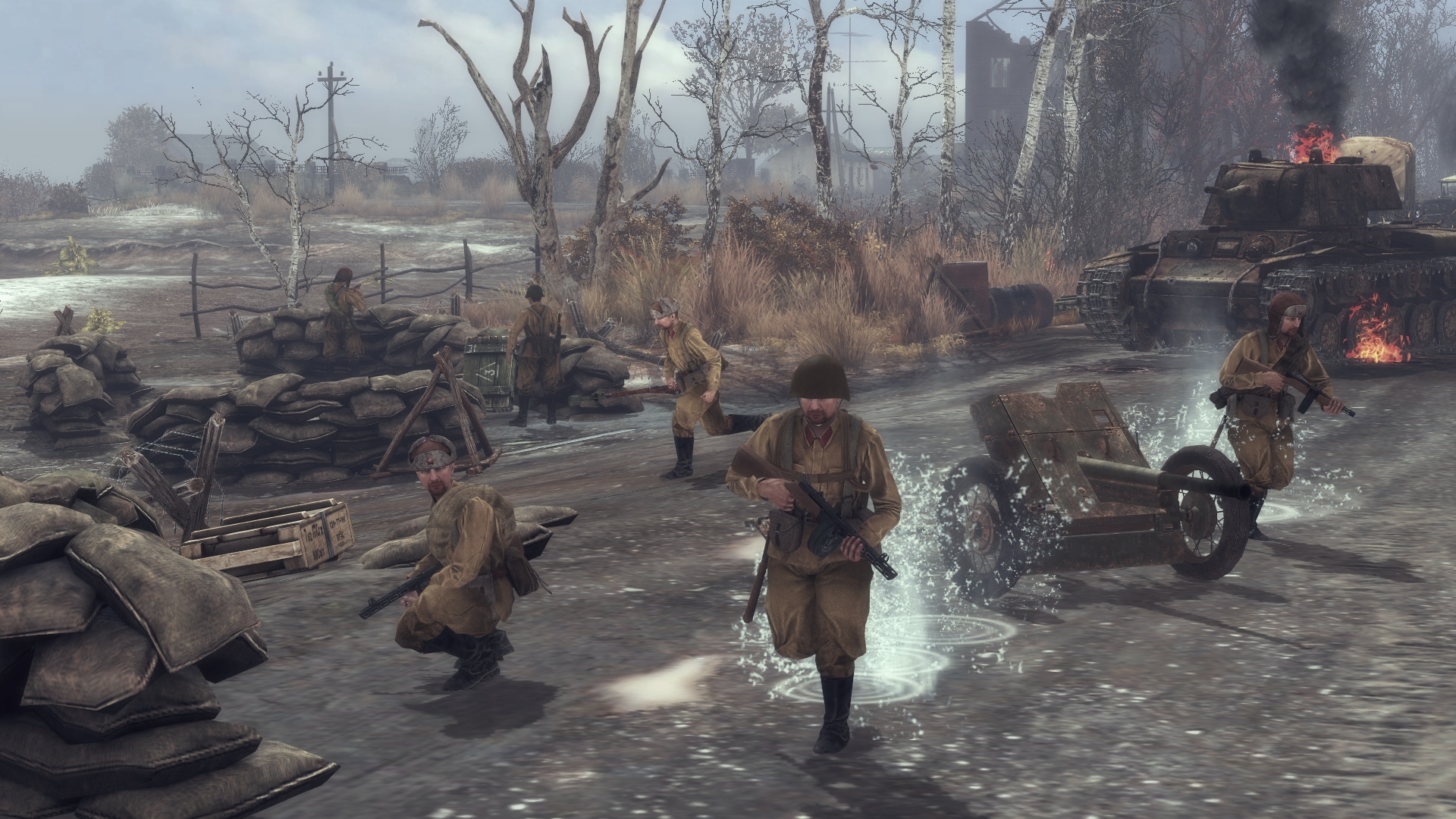Are you a Level Designer?
Hello everybody, today's news is one of our job ads, which we wanted to share with you! Please spread it to those who might be interested! Our next content dev blog will follow shortly in the next 2 weeks! See you in the comments!
LOCATION: REMOTE WORK
LEVEL: EXPERIENCED
DEPARTMENT: LEVEL DESIGN
PAYMENT: AFTER RELEASE
As a Level Designer at BWS, you are responsible for providing immersive, high quality maps:

We are an international, innovative and homegrown team born out of dedicated enthusiasts - our target? We strive to build an RTS that unlike all others, puts both historical value and atmosphere upfront to deliver a product that both an immersive game and a loyal portrayal of WWII. Thus, we are looking for people who share our passion. We grew up watching the classic war films, reading the books and travelling to the places where modern history was forever shaped. Is this your cup of tea? Then please get in touch with us now, right here.
Note: When sending us your application, please make sure to attach your CV and references from your mentioned work, as pictures or Steam Workshop/Youtube Links. (References are required to evaluate your skills in level design).
We look forward to receive your application!
LOCATION: REMOTE WORK
LEVEL: EXPERIENCED
DEPARTMENT: LEVEL DESIGN
PAYMENT: AFTER RELEASE
As a Level Designer at BWS, you are responsible for providing immersive, high quality maps:

Your role:
- You will recreate the battlefields of WWII with stunning historical accuracy and immersion, based on research and verified sources, including correct map sizes/scales, extracting hightmaps and being able to pinpoint locations of different objects/environments such as houses, landscape elements, flora, etc. While said work is planned, you will also take care of producing project documents to note down important information before you go hands-on.
- You will be coordinating your work with the mapping team as well as your team lead to increase your skills, to develop new mapping techniques and to share innovative ideas with everybody, in a continued ongoing process.
- You will regularly developing test areas in the GEM editor to find the best mapping and design techniques before you adapt the result into the final project.
- The process of creation of a map is long: You will be an active member of our team, driven by passion and willing to run the required miles to fulfill our self set targets and standards.
We expect that:
- You are skilled in level design and you understand basic art principles.
- You got solid experiences with the GEM Editor and you are able to work with all its tools (highmapping, colour tool, polygon edit etc.).
- You are committed to learn and use Discord (communication means), Git (version controlling & every mapper can see everybody's work) and Trello (organisation).
- You are open minded (also for feedback/critics), willing to work in an international team.
- You are fluent in english so you are able to communicate with us.
About us:
We are an international, innovative and homegrown team born out of dedicated enthusiasts - our target? We strive to build an RTS that unlike all others, puts both historical value and atmosphere upfront to deliver a product that both an immersive game and a loyal portrayal of WWII. Thus, we are looking for people who share our passion. We grew up watching the classic war films, reading the books and travelling to the places where modern history was forever shaped. Is this your cup of tea? Then please get in touch with us now, right here.
Note: When sending us your application, please make sure to attach your CV and references from your mentioned work, as pictures or Steam Workshop/Youtube Links. (References are required to evaluate your skills in level design).
We look forward to receive your application!
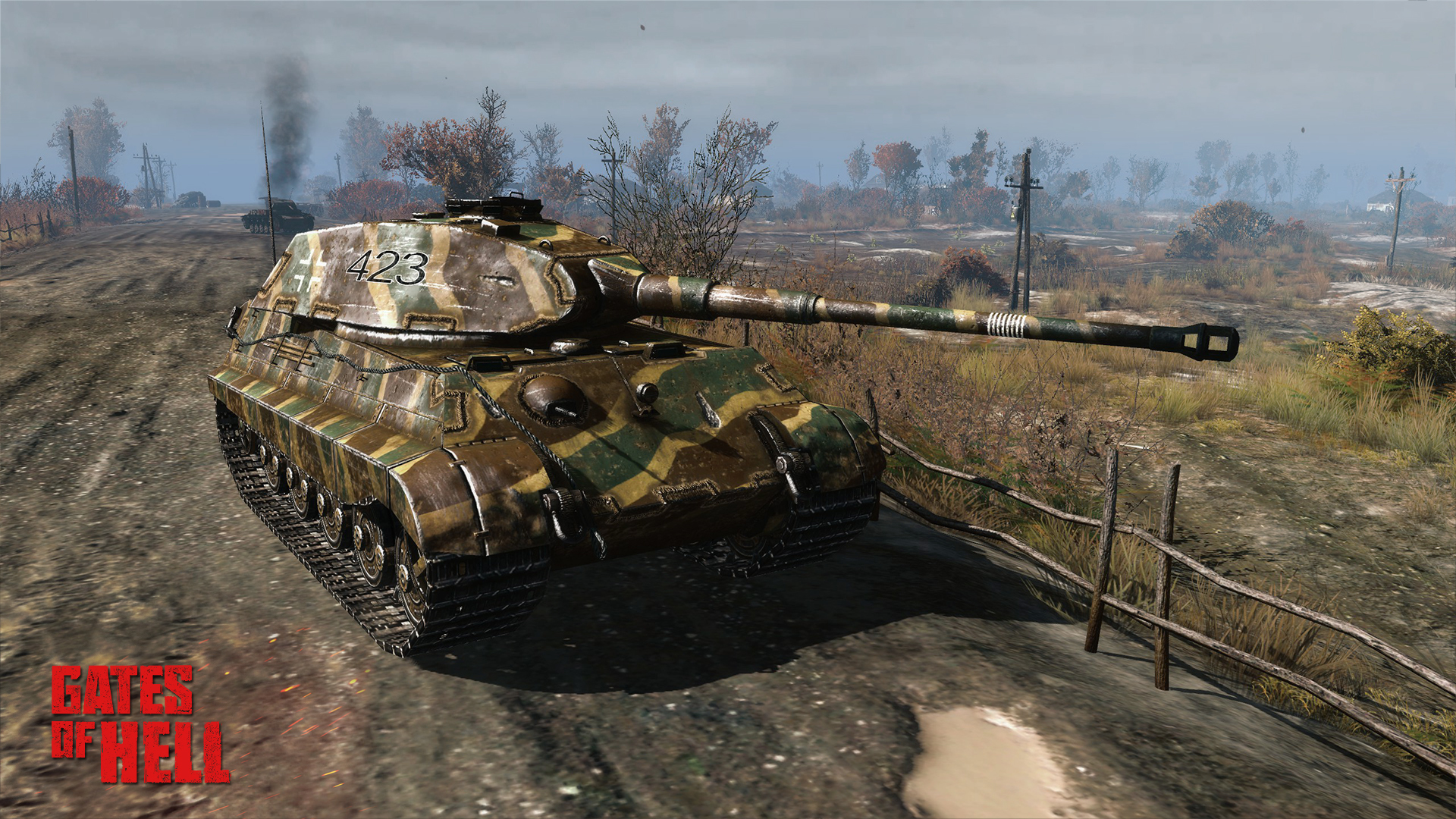
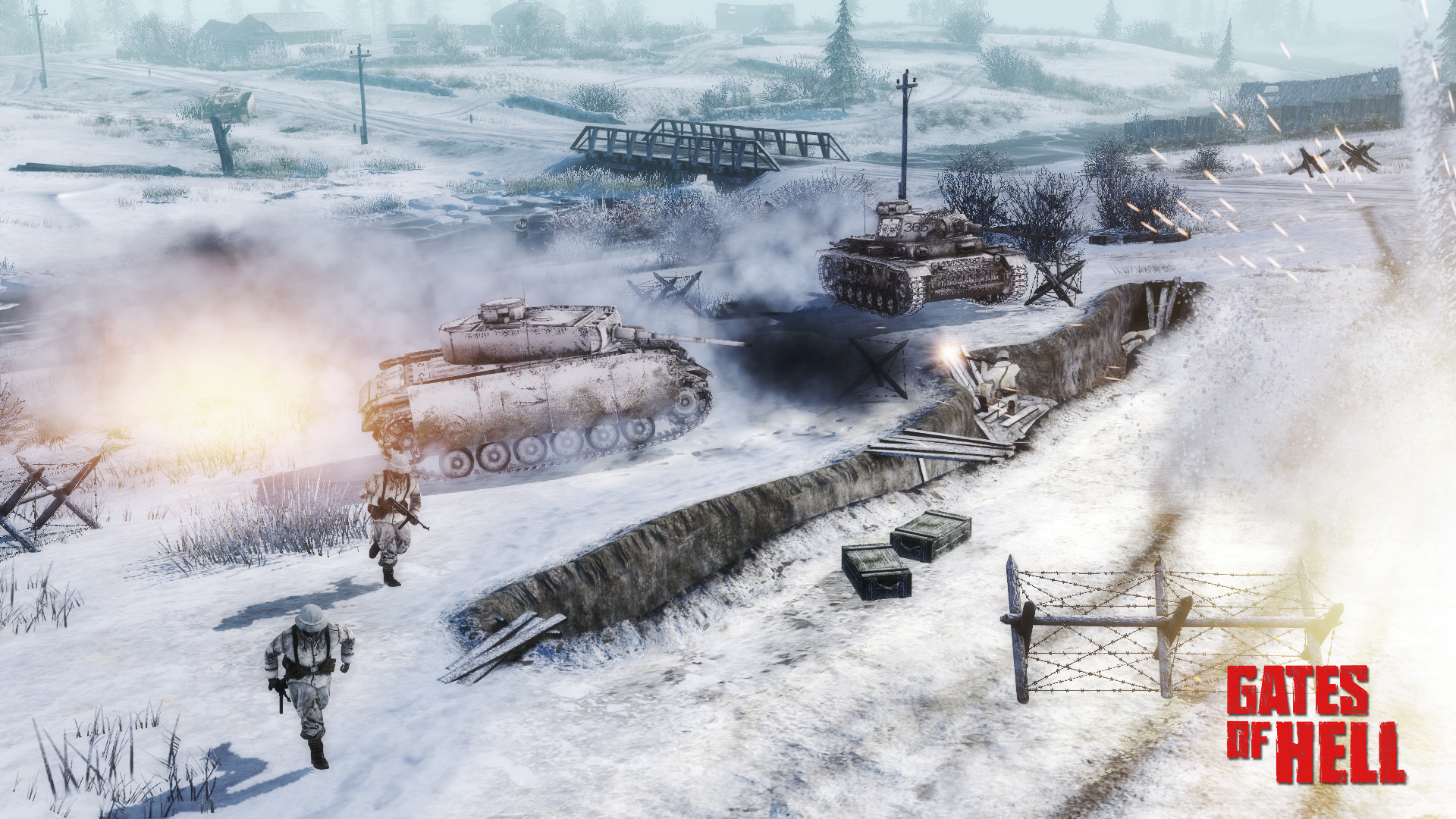
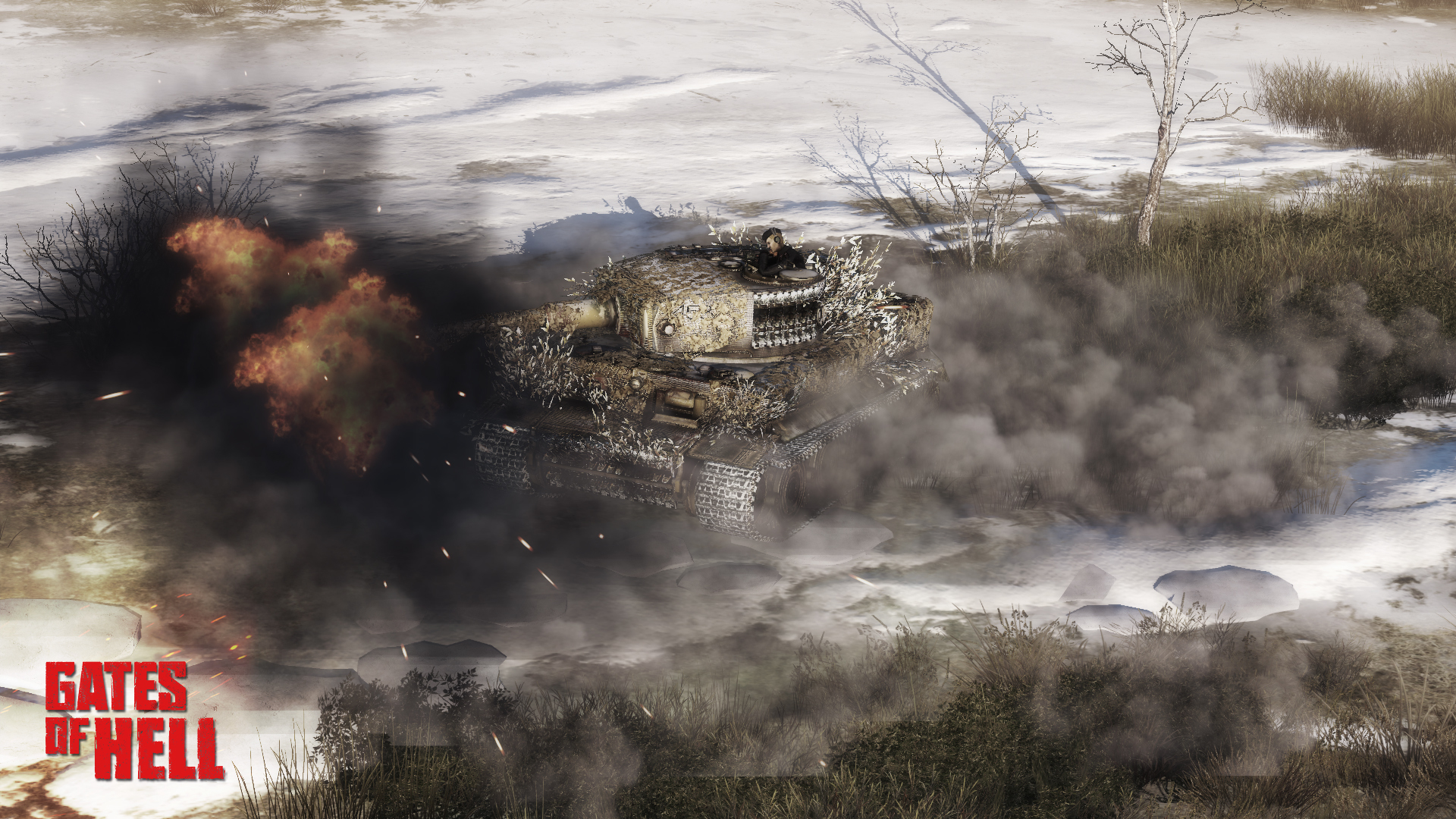
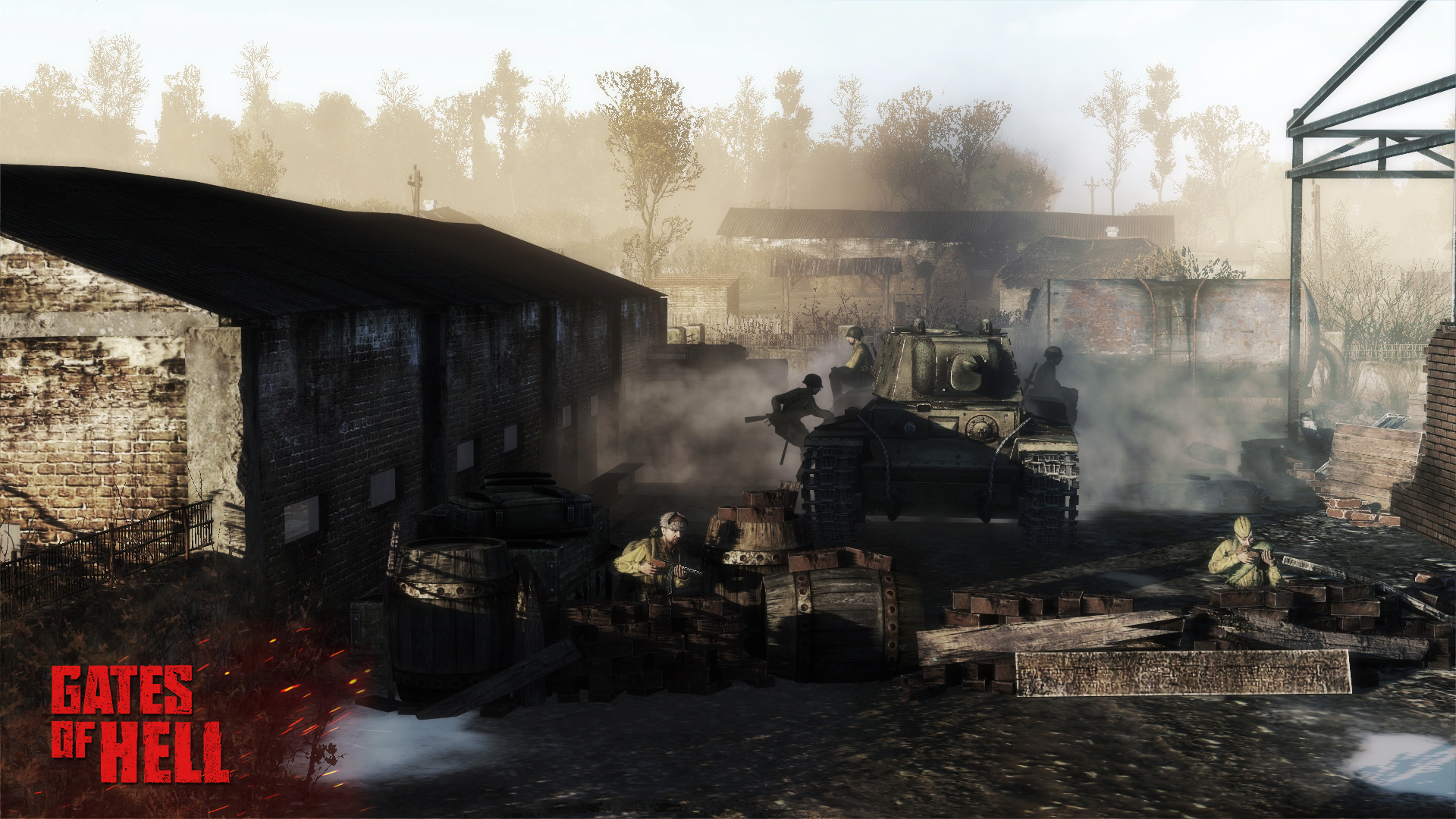

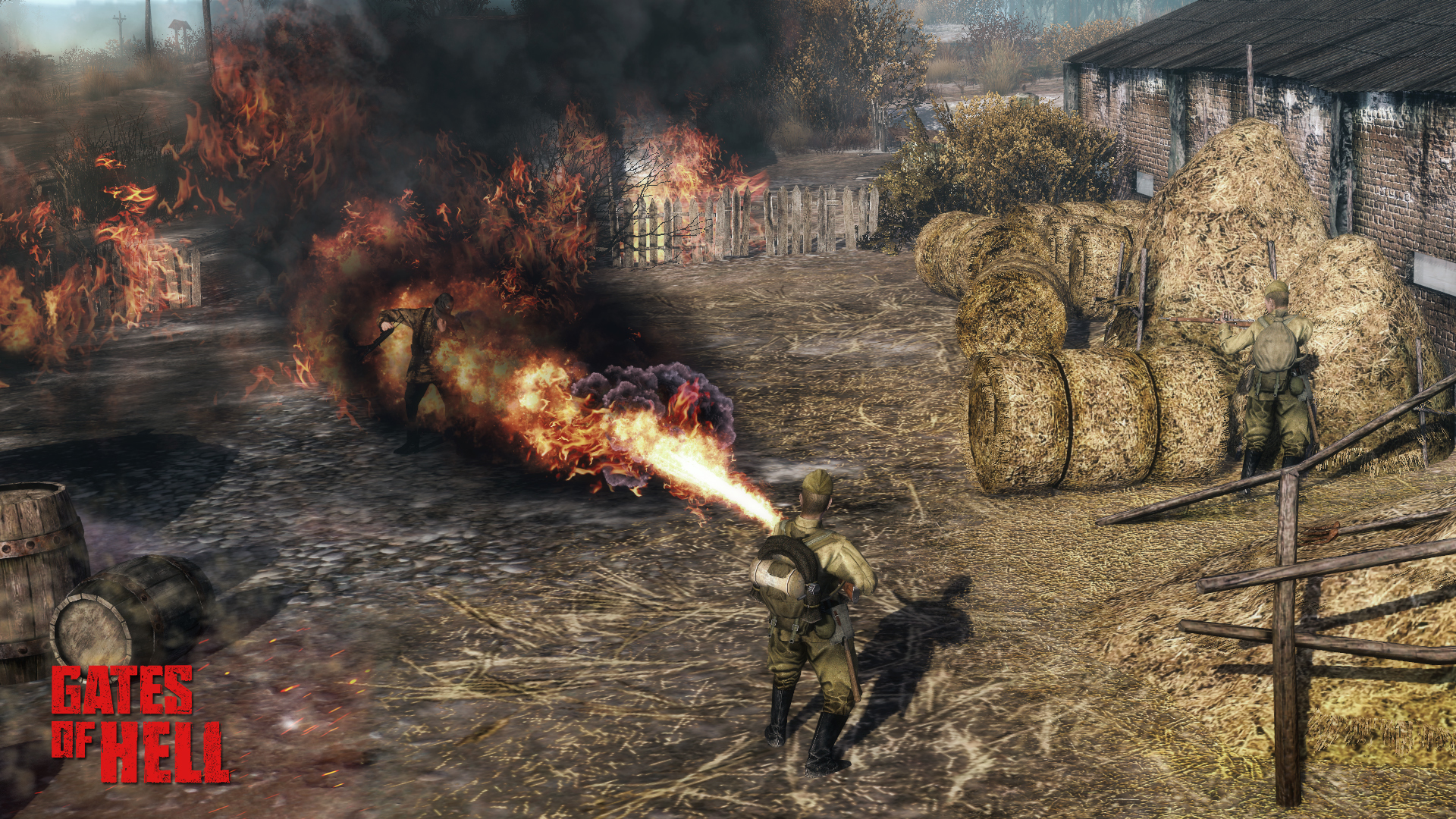
 This photo, said to have been taken in Stalingrad, shows off some accessories nicely (e.g. PPSH drum pouch, spade, shoes with puttee’s), but we can’t trust the colors because they may have been added later.
This photo, said to have been taken in Stalingrad, shows off some accessories nicely (e.g. PPSH drum pouch, spade, shoes with puttee’s), but we can’t trust the colors because they may have been added later. 